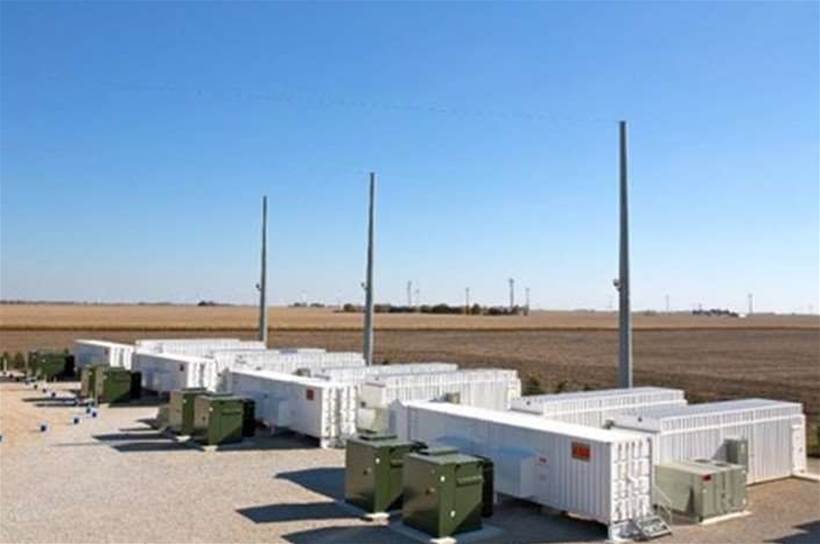The recent UN climate change conference in Paris has focused the minds of world leaders on the need to reduce global warming through cleaner production and distribution of energy.
New battery technology and its associated advanced computer control will bring about a so-called Energy Technology (ET) revolution.
It will parallel the impact of the Information Technology revolution and be just as influential.
Consider the fact that only 50 years ago computers were huge and complex.
At that time not even the most prescient forecaster could have anticipated our complete dependence on IT. In fact it is alleged that the CEO of IBM said in 1953 that the world’s computing needs could be satisfied with three or four large computers.
Today business, banks, industry and government would collapse without their IT systems.
Small businesses and individuals have been changed forever as a result of the exponential drop in price and size of the technology and their increase in performance.
Networks of computers which control the flow of information have been enabled by the internet and are now central to everything from defence to Facebook users.
Energy Technology will follow the same evolutionary path albeit 50 years later. ET will allow for the storage and distribution of energy in totally novel ways.
Newly developed batteries are, of course, central to the storage. But they are only part of the story.
Software that controls the battery system is also critical; it balances the storage and distribution of the energy much as a computer manages the storage and distribution of information.
The source of the information in IT or energy in ET is not central to this development.
There is direct equivalence between IT and ET.
The huge batteries – up to 20MW – currently being installed in the USA are connected to town energy supplies and the national grid.
The energy for the batteries is derived in many cases from renewable sources. These batteries are equivalent to the mainframe computers that are central to major IT systems.
Mid-range computers service smaller business and community needs.
Mid-sized batteries of around one megawatt will distribute power to a group of homes or businesses over a network in a ‘smart micro grid’. Their energy source may be renewable sources such as solar or wind and may be supplemented by off-peak grid power.
Your home PC or laptop is equivalent to the home battery of around 15kW which, in many cases take their energy from home solar panels and may be supplemented from a network of larger batteries or the off-peak grid.
These ET systems will be inter-networked with large and local transmission systems to ensure stable energy supply and 24 hour availability.
The most common image of a battery is the relatively small (15kW) installed with inverters and control hardware in a house or small building and is about the size of a refrigerator.
This battery will supply renewable energy when the sun is not shining or the wind not blowing. It may be connected to a larger energy network to guarantee supply.
At the other end of the scale are the huge capacity batteries of 20MW or more that are charged from renewable sources such as solar or wind farms, or biomass. These can connect to local area networks to provide stable power for a town or feed into the grid.
The control software for these batteries have developed their own SDKs and APIs to allow for the development of distributed energy systems based on advance battery technology. These will be available to software engineers for new product development.
The South Australian government has recently called for expressions of interest for renewable energy and storage systems to replace a de-commissioned coal power station.
Within 25 years Australia should have reliable, stable and cheaper energy. ET should be a driver of a new economy and new industries based on renewable resources.
Australia should ensure that it is an early adopter of ET to support our commitment to the climate talks and to give the country a competitive advantage in this new and important field.
Australia could develop new ET systems for deployment in our region. It could provide for new industries based on stable and cheap energy supplies. It will enable renewable energy to be widely adopted so that we can all breathe easy.
To this end Australia must ensure that its IT professionals and software engineers are aware of these developments and are prepared to build software control systems for the storage and distribution of energy.
The government’s new innovation initiative presents an opportunity for a global presence in this new field.









